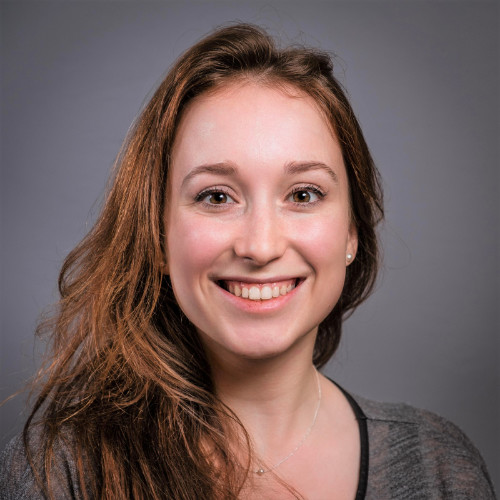
Overview
Hi there! I’m Sacha Spelier, a Phd student in the lab of Jeffrey. After having finished my bachelor Biology and Master Cancer, Stem Cells & Developmental Biology both at Utrecht University, I joined the Beekman lab in 2021 to start my PhD. With internships on translational biology, such as compound screens in primary patient-derived organoids in the Clevers lab and the establishment of complex co-cultures in organ-on-a-chip models at Mimetas, I became more interested as well as obtained expertise in the disease modelling field. The Beekman lab provides the perfect surrounding for these interests. I am mainly focused in this lab on further establishing organoid based disease models mainly for CF, and exploiting such models in for example large drug repurposing screens.
Experience
- Bachelor, Biology, Utrecht University, Utrecht, The Netherlands (2013-2017)
- Master, Cancer; Stem Cells and Developmental Biology, Utrecht University (2018-2020)
Publications
- Functional Restoration of CFTR Nonsense Mutations in Intestinal Organoids; E. de Poel, Sacha Spelier et al.; Journal of Cystic Fibrosis (2021).
We show pharmacological repair of CFTR function beyond F508del/F508del-VX809/VX770 in intestinal organoids with homozygous PTC mutations.The read-through agent ELXds-02, the NMD-inhibitor SMG1i and the CFTR modulators therapy VX-661/VX-445/VX-770 were required for maximal efficacy. - CFTR Rescue in Intestinal Organoids with GLPG/ABBV-2737, ABBV/GLPG-2222 and ABBV/GLPG-2451 Triple Therapy; E. de Poel, Sacha Spelier et al.; Frontiers in Molecular Biosiences (2021).
Here, we assessed the efficacy of combinations of the CFTR modulators ABBV/GLPG-2222, GLPG/ABBV-2737 and ABBV/GLPG-2451, and compared it to VX-770/VX-809 in 28 organoid lines heterozygous for F508del allele and a class I mutation and seven homozygous F508del organoid lines. The combination ABBV/GLPG-2222/ABBV-2737/ABBV/GLPG-2451 showed increased efficacy over VX-770/VX-809 for most organoids, despite considerable variation in efficacy between the different organoid cultures. - Patient-Derived Head and Neck Cancer Organoids Recapitulate EGFR Expression Levels of Respective Tissues and Are Responsive to EGFR-Targeted Photodynamic Therapy; Else Driehuis, Sacha Spelier et al.; Journal of Clinical Medicine (2021).
Here, we explore the potential of a recently described HNSCC-organoid model to evaluate Epidermal Growth Factor Receptor (EGFR)-targeted PDT, through either antibody- or nanobody-photosensitizer conjugates. We find that EGFR expression levels differ between organoids derived from different donors, and recapitulate EGFR expression levels of patient material. EGFR expression levels were found to correlate with the response to EGFR-targeted PDT.